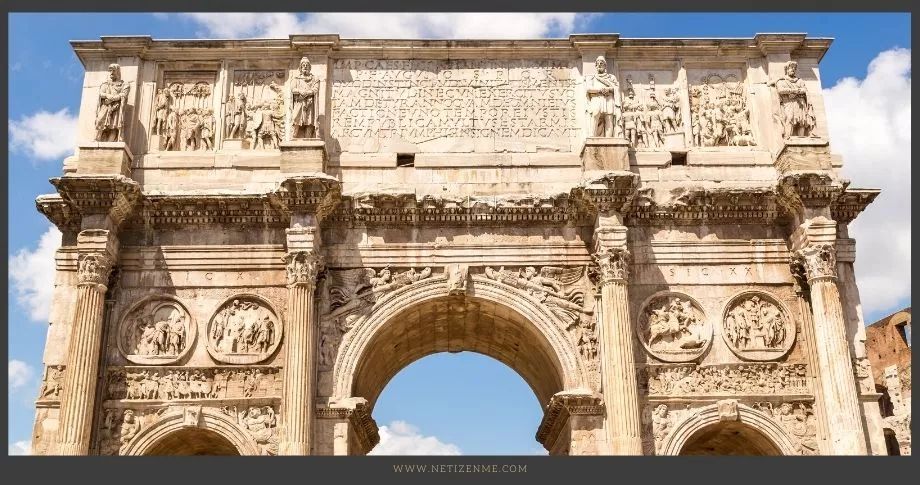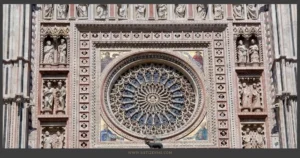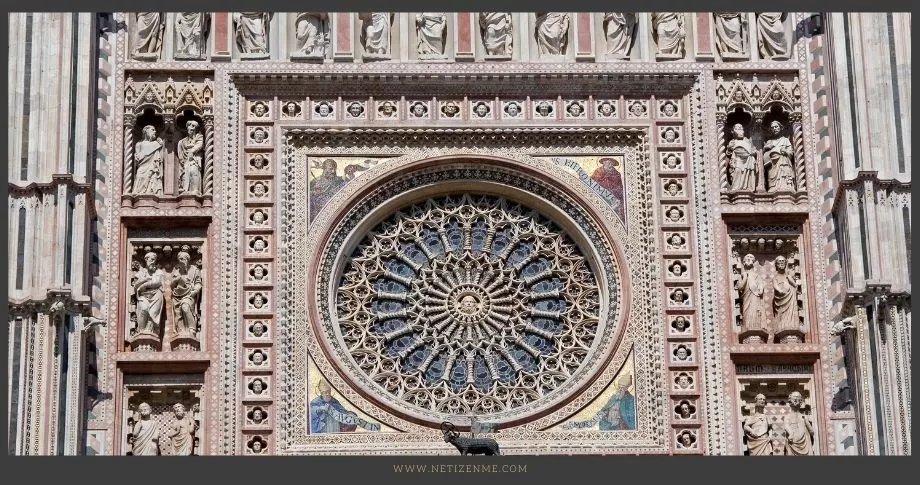In the modern world, concrete and arches remain of significant importance. Concrete is the most widely used construction material globally, providing strength, durability, and versatility. It is essential for building infrastructure, including roads, bridges, buildings, and dams, shaping modern cities and enabling economic development. Arches are fundamental to architecture and engineering, offering structural support while allowing for aesthetically pleasing and functional designs. They continue to be a key element in the construction of modern buildings and bridges, contributing to both form and function. In this post, we dive into the development of both concrete and the arch, including the importance of both concrete and arch in the life of Rome and the results of their use.
The Significance of Concrete and Architecture in Ancient Rome
Both concrete and arches play essential roles in contemporary construction and design, facilitating the creation of safe, efficient, and visually appealing structures that define the modern urban landscape. Concrete and arches were pivotal elements in the construction of ancient Roman architecture. Concrete provided structural stability and enabled the construction of large, enduring structures, while arches allowed for the creation of expansive spaces and innovative architectural designs. Together, they revolutionized Roman engineering, resulting in iconic structures like the Colosseum, aqueducts, and the Pantheon and influencing architectural practices for centuries.
Why was the invention of concrete so significant in ancient Rome?
Roman architecture stands out compared to the architectural styles of Persians, Egyptians, Greeks, and Etruscans. The styles before Roman were externally grandeur and built to impress an outside looker. In the ancient Greek Temple in Paestum, Italy, the architecture used upright columns with a horizontal block flat across the top (02).
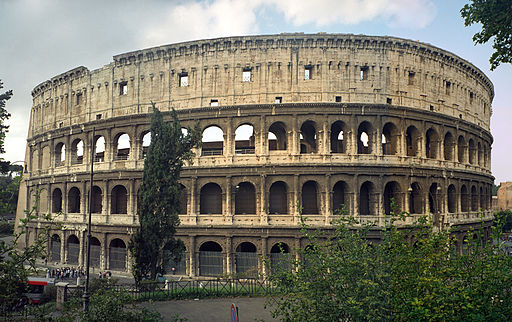
However, Romans found a fundamentally different architectural style by discovering, experimenting, and exploiting concrete, arches, and vaulting. They built the inside of Roman buildings as impressive as their exteriors. The development of concrete and the arch was significant to Roman life, and their use helped them achieve wonders.
Development of Concrete and the Arch & The Importance of Each in The Life of Rome
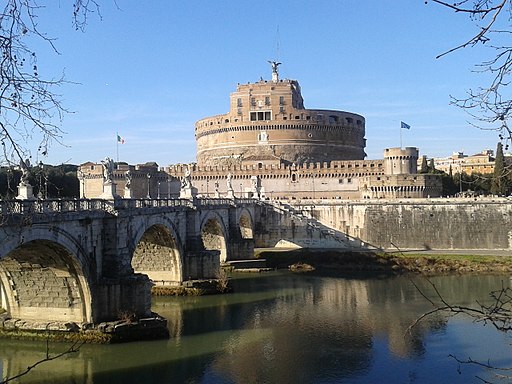
Romans used many materials and techniques passed down through previous architectural eras. Nevertheless, Romans also invented new styles. Marble was a popular choice for grand buildings, such as the temple of Jupiter. Travertine white limestone was another common material that the Roman architects used primarily for paving, steps, and frames. They used concrete rubble as a filler material. Tufa, a volcanic stone, was also used in building constructions .
Potential of The Concrete
In time, the Romans realized the full potential of the concrete (opus caementicium). The material could support high weight and span the space through new styles.
According to Cartwright (2018), “the first documented evidence of its use is from the 3rd century BCE Cosa, and its first use in Rome has been a 2nd century BCE warehouse. Also, in the 2nd century BCE, it was discovered that using pozzolana, concrete made using volcanic sand, which had a high silica content, could set underwater and be even more durable than standard concrete.”
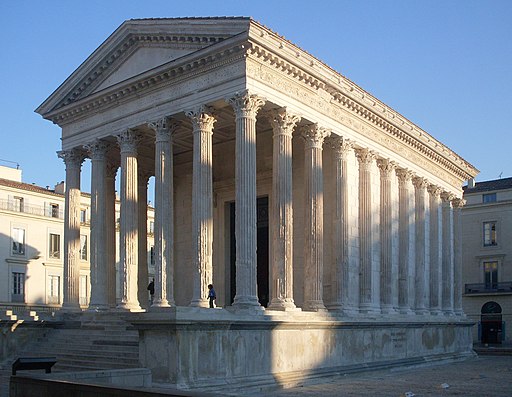
The use of concrete became famous due to its stability and flexibility. It was also cheaper and easy to transport compared to solid stones. Concrete initiated an architectural revolution. It added creativity to the building styles.
True Arch
Concrete also paved the way for the innovation of the “true arch.”
A “true arch” is built with wedge-shaped blocks and voussoirs. A keystone in the center held voussoirs in place.
This style helped to transform the weight from the top of the arch to the ground. It could also connect greater distances. Compared to the column and lintel style, the true arch proved more efficient and flexible. Roman architects used their two significant innovations, concrete and true arch, to build magnificent architectural wonders that survived through the 21st century.
Emperor Nero’s infamous Golden House (Domus Aurea) is an excellent example of concrete use. According to Ambler (2015), the architects, “Severus and Celer, used concrete in new and exciting ways. Rather than utilizing the material for only its structural purposes, the architects began to experiment with concrete in aesthetic modes such as expansive domed spaces“.

The Romans used arches to build bridges across many rivers and gullies. Not only did they help expand their empire, but also supervised it well. In Ambler’s words (2015), “from the Alcantara bridge in Spain to the paved roads in Jordan, the Romans efficiently moved messages, money, and troops.” The Romans built amphitheaters, enclosed spaces like the oval amphitheater Colosseum, one of the seven world wonders today.
A significant milestone in Architectural styles
The Colosseum, Trajan markets, Golden House, Baths of Caracalla, and the Maxentius Basilica are other examples of Rome’s architectural revolution. The development of concrete and the arch marks a significant milestone in Architectural styles. The concrete and the arch improved Rome’s life and secured a prominent place for the empire in architectural history.
References for further reading on the importance of concrete and Arch in Rome:
- Cartwright, M. (2018, March 14). Roman Architecture. Ancient History Encyclopedia. Retrieved from https://www.ancient.eu/Roman_Architecture/
- Ambler, J L. (2015, August 8). An introduction to ancient Roman architecture. Smarthistory Retrieved from https://smarthistory.org/roman-architecture/
- Colosseum (n.d) Retrieved from https://world.new7wonders.com/wonders/roman-colosseum-70-82-a-d-rome-italy/
- The Hellenization of the Roman Aristocracy

- The Negative Effects of The Roman Conquests

- Roman Military Technology

This article is written by:
Our professional writers and editors are passionate about sharing high-quality information and insights with our audience. We conduct diligent research, maintain fact-checking protocols, and prioritize accuracy and integrity to the best of our capacity.
You can cite our articles under the author name "Netizenme"
